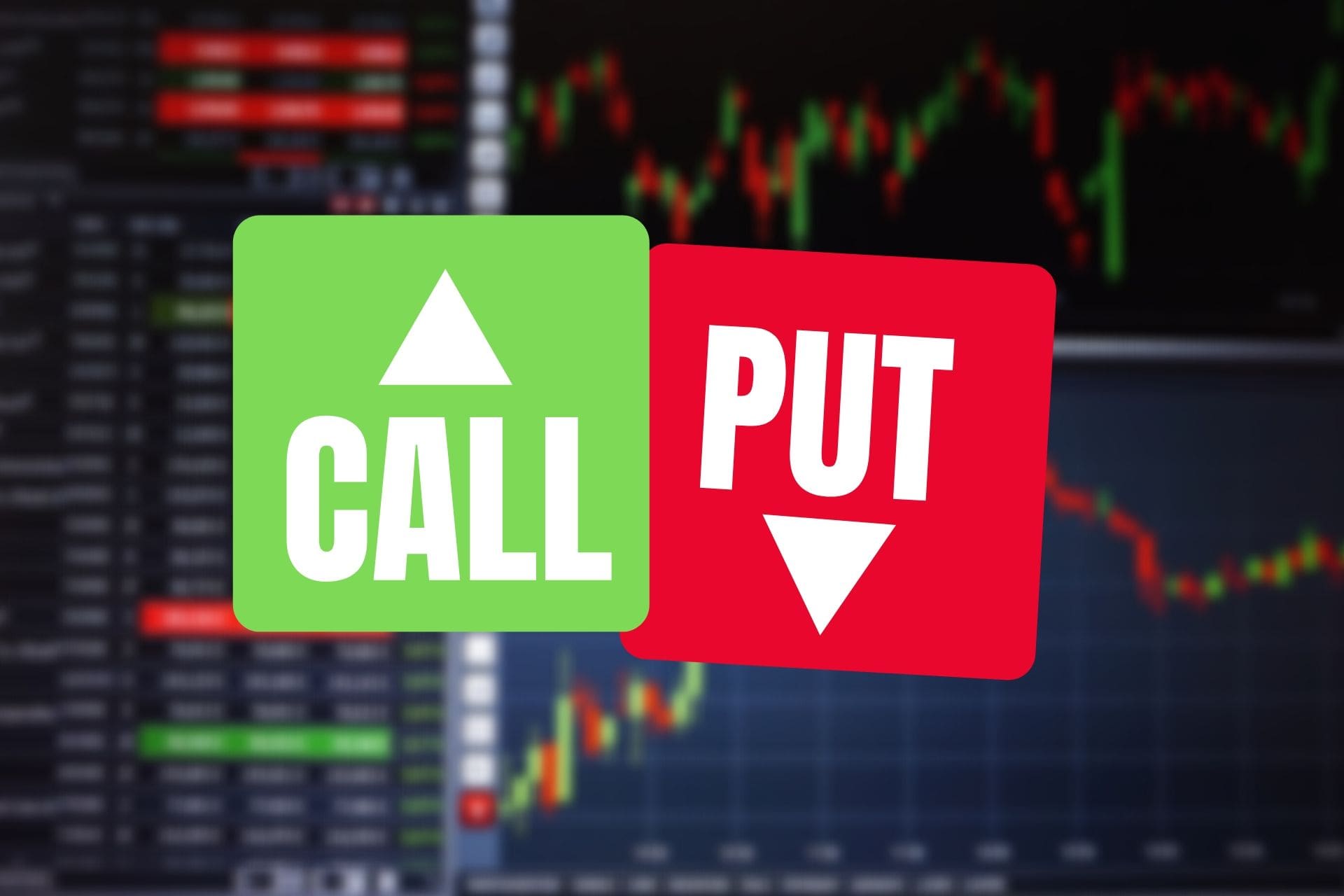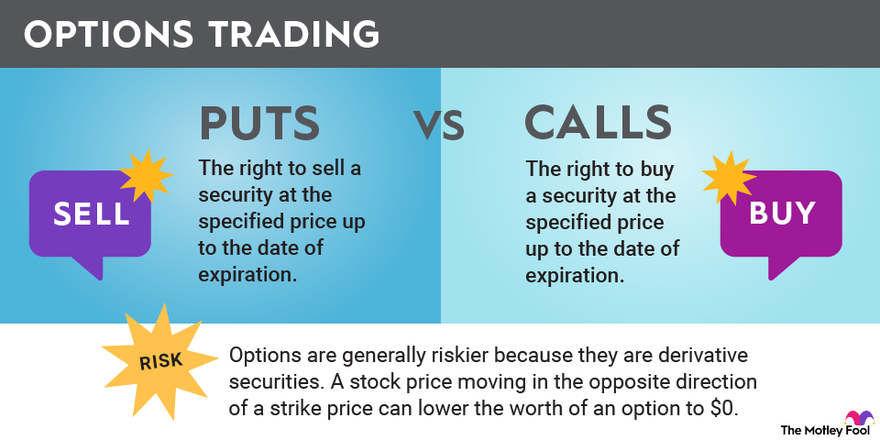Option trading offers a lucrative avenue for investors to capitalize on market fluctuations, but navigating the intricacies of this complex domain requires a sound understanding of crucial factors, including the optimal quantity of contracts to purchase. Determining the ideal amount to buy in option trading involves a careful balance between potential rewards and inherent risks. This comprehensive guide will delve into the intricacies of quantity selection, empowering traders with the knowledge to make informed decisions and maximize their trading outcomes.

Image: tradebrains.in
Understanding Option Trading: A Foundation for Success
In the realm of finance, an option is a financial instrument granting the holder the right, not the obligation, to buy (in the case of a call option) or sell (put option) an underlying asset at a predetermined price (strike price) within a specified time frame. The value of an option contract derives from the underlying asset’s price movement and the passage of time. Option trading offers investors the flexibility to speculate on price changes, hedge portfolios, or generate income through option premiums. However, the dynamic nature of options demands that traders possess a comprehensive understanding of market dynamics and the intricacies of derivative instruments.
Factors Influencing Optimal Quantity in Option Trading
The optimal quantity of option contracts to buy hinges upon a multitude of factors, including:
– Underlying Asset Volatility: The volatility of the underlying asset bears a direct correlation with the potential rewards and risks associated with option trading. High volatility implies greater price fluctuations, which can amplify both gains and losses. As such, traders should adjust the quantity of contracts traded to align with the expected asset volatility.
– Time to Expiration: The time remaining until an option contract’s expiration date plays a significant role in pricing dynamics. Options with longer expirations typically command higher premiums due to the increased potential for price movement in the underlying asset. Traders should consider the time horizon over which they anticipate the trade to play out and adjust the quantity accordingly.
– Personal Risk Tolerance: A trader’s comfort level with risk should serve as a guiding principle when determining the appropriate quantity to buy. The inherent nature of options magnifies both profits and losses, so traders must carefully evaluate their risk appetite and allocate capital in a manner that aligns with their tolerance.
– Trading Capital: The amount of capital available for trading sets a constraint on the quantity of options that can be purchased. Prudent traders should avoid allocating excessive amounts of capital to a single trade and maintain a diversified portfolio to mitigate risk.
Strategies for Determining Optimal Quantity
Traders employ a variety of strategies to determine the optimal quantity of option contracts to buy:
– The Rule of 25%: This rule suggests that traders should allocate approximately 25% of their trading capital to a single option trade. This approach provides a balance between risk and reward, allowing for potential gains while preserving capital.
– The 1% Rule: This rule sets the upper limit of an option purchase at 1% of the trader’s total portfolio value. This conservative approach is designed to minimize the potential impact of a single trade on the overall portfolio.
– Historical Simulation: Traders can simulate historical market data to analyze past price movements and determine the optimal quantity for specific trading scenarios. By testing different quantities and comparing the potential outcomes, traders gain valuable insights into the expected performance of their trades.
– Monte Carlo Simulation: A more advanced technique, the Monte Carlo simulation generates multiple random scenarios of asset price movements to forecast potential option returns and risks. This method provides detailed insights into the probability of different outcomes and aids in determining the optimal quantity of contracts.

Image: www.fool.com
How Much Quantity Buy In Option Trading
Conclusion
Mastering the art of option trading requires a keen understanding of the factors influencing the optimal quantity to buy. By carefully considering asset volatility, time to expiration, personal risk tolerance, available capital, and employing strategic approaches, traders position themselves to make informed decisions andmaximize their chances of success. As with any investment, it is imperative to approach option trading with a measured approach and a commitment to continuous learning to navigate the ever-evolving financial landscape.






